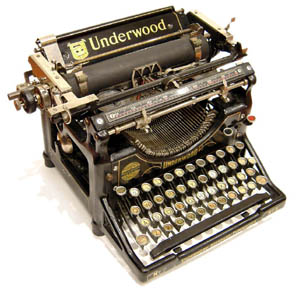
Today’s generation is immersed in computer technology and will almost undoubtedly need to use a keyboard. So why not make touch typing a mandatory subject in school right up there with reading, writing, and arithmetic. That is being suggested in an article in the Telegraph http://www.telegraph.co.uk/news/newstopics/debates/6139246/Why-arent-children-taught-to-touch-type-at-school.html. There arguments for both for and against this idea. It can be argued that touch typing is as essential in the digital age as reading and writing. On the other hand, you can still get around a keyboard without knowing touch typing. I myself am more of a hunt-and-pecker than a touch typer and I am able to do my system admin job just fine. How essential is touch typing for living? It can be argued that it is a skill as necessary as being able to dress oneself or eat with utensils. Schools do not have mandatory subject in how to eat with a fork and a knife or getting dressed but somehow children learn how to do this. Grade school teachers may assist in some of these essential skills, such as tying shoes and zipping zippers, but skills that are essential for daily life may not need to be mandatory subject.
It is my opinion however that touch typing is inefficient. The QWERTY keyboard that we have become accustomed to was created when old fashioned typewriters were used. all been using for decades was developed to actually slow you down.
“The QWERTY keyboard layout was devised and created in the early 1870s by Christopher Sholes, a newspaper editor and printer who lived in Milwaukee.
With the assistance of his friends Carlos Glidden and Samuel W. Soule he built an early writing machine for which a patent application was filed in October 1867. His “Type Writer” had its printing point located beneath the paper carriage, invisible to the operator. Consequently, the tendency of the typebars to clash and jam if struck in rapid succession was especially serious, because the typist could only discover the mishap by raising the carriage to inspect what he had typed.
Sholes struggled for the next six years to perfect his invention, making many trial-and-error rearrangements of the original machine’s alphabetical key arrangement in an effort to reduce the frequency of typebar clashes. Eventually he arrived at a four-row, upper case keyboard approaching the modern QWERTY standard.” (Wikipedia http://en.wikipedia.org/wiki/QWERTY)
I’m waiting for someone to come up with a better layout that won’t cause carpal tunnel syndrome and will allow for even more words per minute than with the QWERTY keyboard layout.
[ad#singlepage]